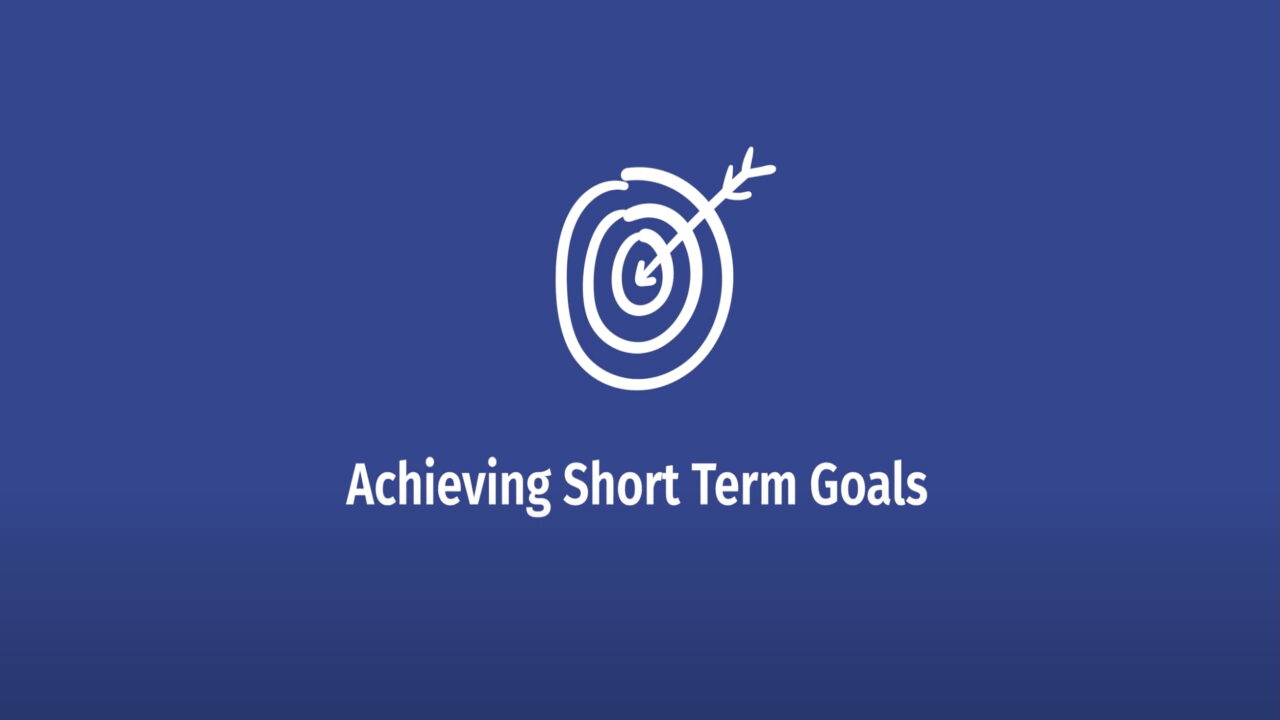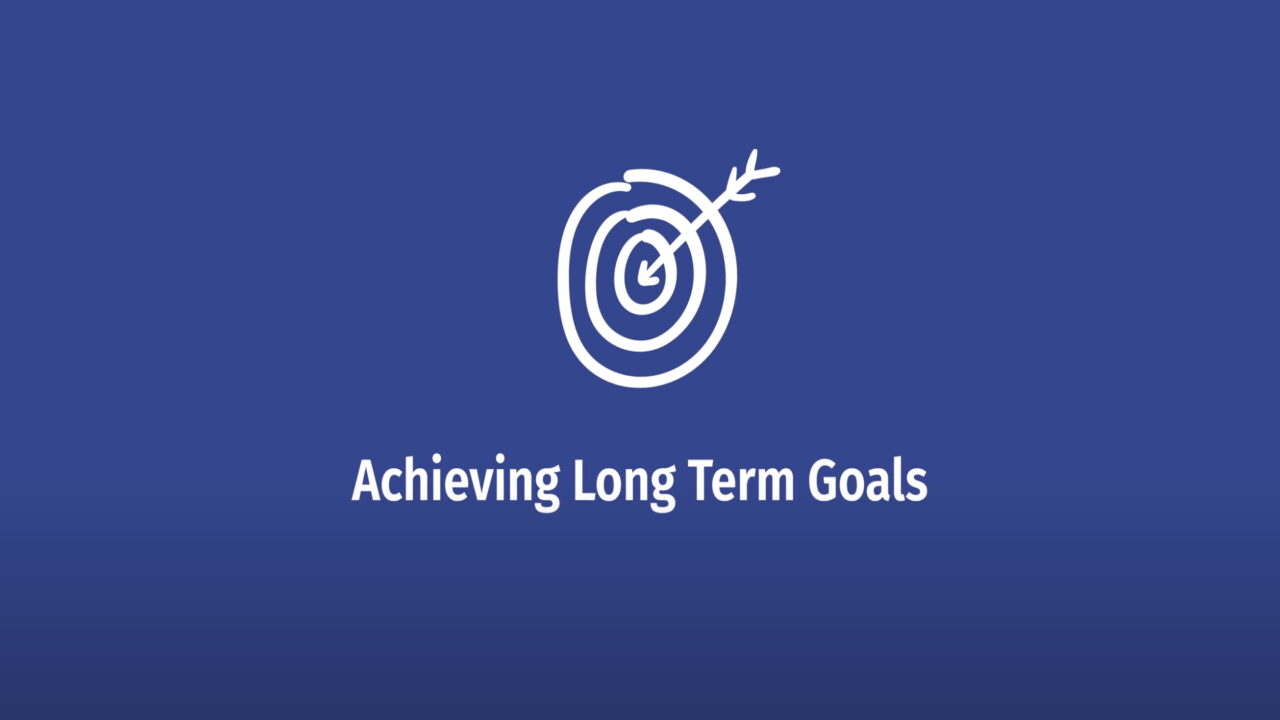Setting goals
Goals are things you want to do in the future. They help you to have a good life.
Types of goals
There are many kinds of goals you might want to achieve including:
- Making friends
- Getting a job
- Joining a sports team
- Making art
Short-term and long-term goals can mean different lengths of time to different people.
The NDIS can support you to achieve short-term and long-term goals.
How to set goals
Your NDIS plan is based around your goals. It is important to know what your goals are so that you get the right support to achieve them.
If you want to learn more about how to set goals click on the link below.

Short-term goals
Short-term or small goals can be achieved within a few weeks or months.
In your NDIS plan your short-term goals are goals that you want to achieve in the next few months.
In this 3 minute video disabled young people talk about achieving short-term goals.
Examples of short-term goals
Here are 2 examples of short-term goals:
- Tilly loves make-up and wants to become a famous YouTuber. Her short term goal is to film a make-up tutorial for YouTube in the next month.
- Abby takes piano lessons. Her short term goal is to learn how to play 2 new songs on the piano in the next 4 months.

Long-term goals
Long-term or big goals take more time.
They may take a year or even longer to achieve. In your NDIS plan your long-terms goals are goals that you want to achieve in the next year.
In this 3 minute video disabled young people talk about achieving long-term goals.
Examples of long-term goals
Here are 2 examples of long-term goals:
- Sam wants to be able to take public transport to meet up with their friends. Their long-term goals is to learn how to take public transport independently with their service dog by the end of the year.
- Sophia lives in a wheelchair accessible apartment, which she loves. Her long-term goal is to be able to keep living independently, like she does now. Sophia’s support workers help her prepare meals and clean her apartment. The NDIS pays for Sophia to have support workers because their support means that Sophia can achieve her goal of living independently.
Long-term or big goals may take a year or even longer to achieve.
Remember that goals can change over time and that is okay.
You can always make new goals when you have reached the goals you have now, or if your goals change.
For example, you might not be interested in learning how to drive right now. But it might be something you would like to do when you get older.
Goals and the NDIS
The NDIS can support you to achieve your short-term and long-term goals.
The young people in the examples above can all get support through the NDIS to achieve their goals.
It is important that you know what your goals are. You will need to be clear about what your goals are during your NDIS planning meeting.
The person creating your NDIS plan needs to know what your goals so that they can include them in your NDIS plan. You will then be able to get support to achieve your goals.
Save your answers
Make sure you save your answers now so that you can move to the next topic.
IMPORTANT: Your answers will not be saved anywhere unless you save them.
Use the options to print or email your answers – check your spam folder if you don’t receive the email straight to your inbox.
You can also screenshot your answers.
How to take a screenshotCongratulations!
You have reached the end of Setting Goals. Once you have saved your answers, you can move onto topic 5.
